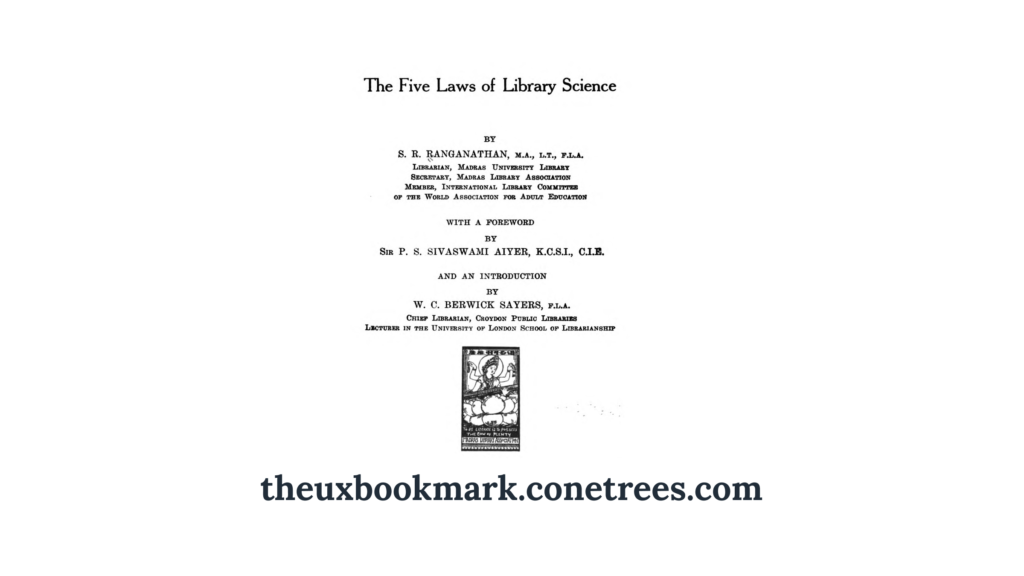S. R. Ranganathan, known as the “the father of library science in India”, and respected by librarians all over the world, proposed five laws of library science. Many librarians worldwide accept them as the foundations of their philosophy (e.g. Koehler et al., 2000)
These laws are:
- Books are for use- The first law constitutes the basis for the library services. Dr. Ranganathan observed that books were often chained to prevent their removal and that the emphasis was on storage and preservation rather than use.
- Every reader his [or her] book- This law suggests that every member of the community should be able to obtain materials needed.
- Every book its reader- This principle is closely related to the second law, but it focuses on the item itself, suggesting that each item in a library has an individual or individuals who would find that item useful.
- Save the time of the reader- This law is a recognition that part of the excellence of library service is its ability to meet the needs of the library user efficiently.
- The library is a growing organism- This law focused more on the need for internal change than on changes in the environment itself. Dr. Ranganathan argued that library organizations must accommodate growth in staff, the physical collection, and patron use.
The Five Laws of Library Science are some of the most influential concepts in that field. Since they were published in 1931, these five laws “have remained a centerpiece of professional values…” (Rubin 2004). These basic theories of Library Science continue to directly affect the development of this discipline and the service of all libraries.
The Five laws of library science

Leave a Reply